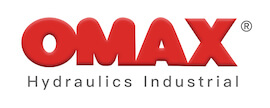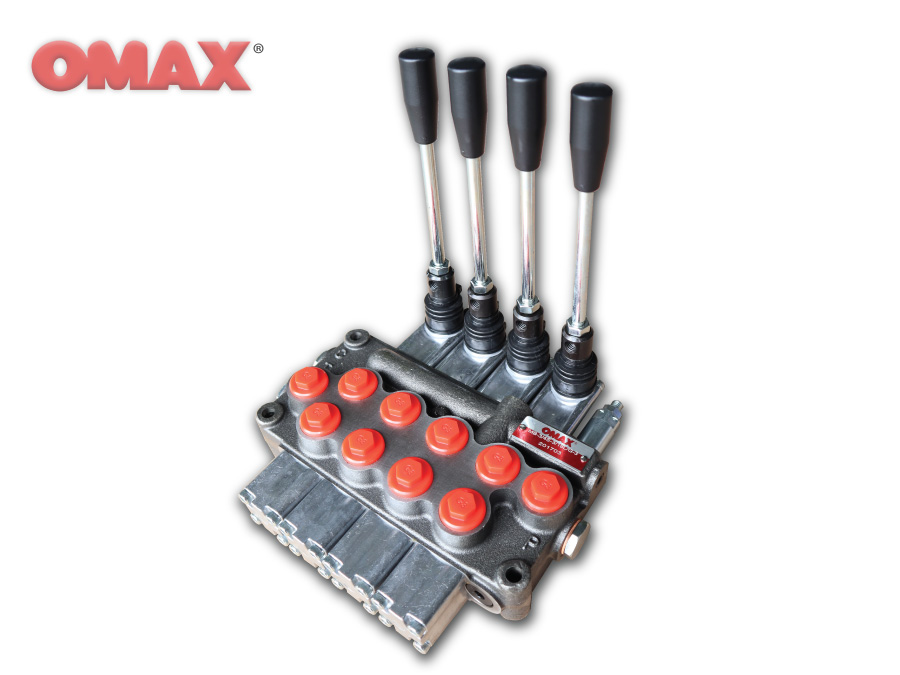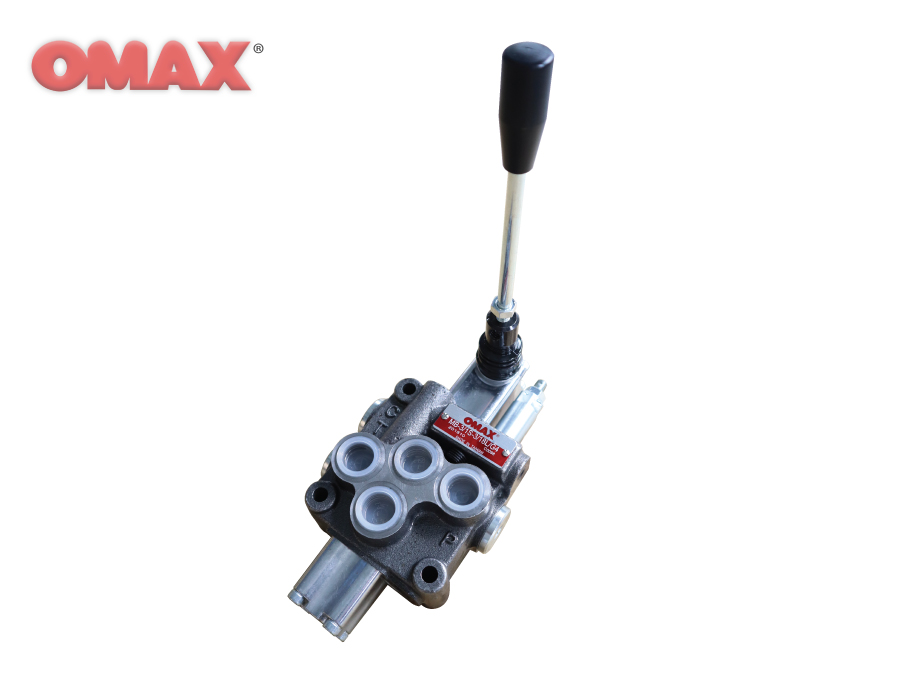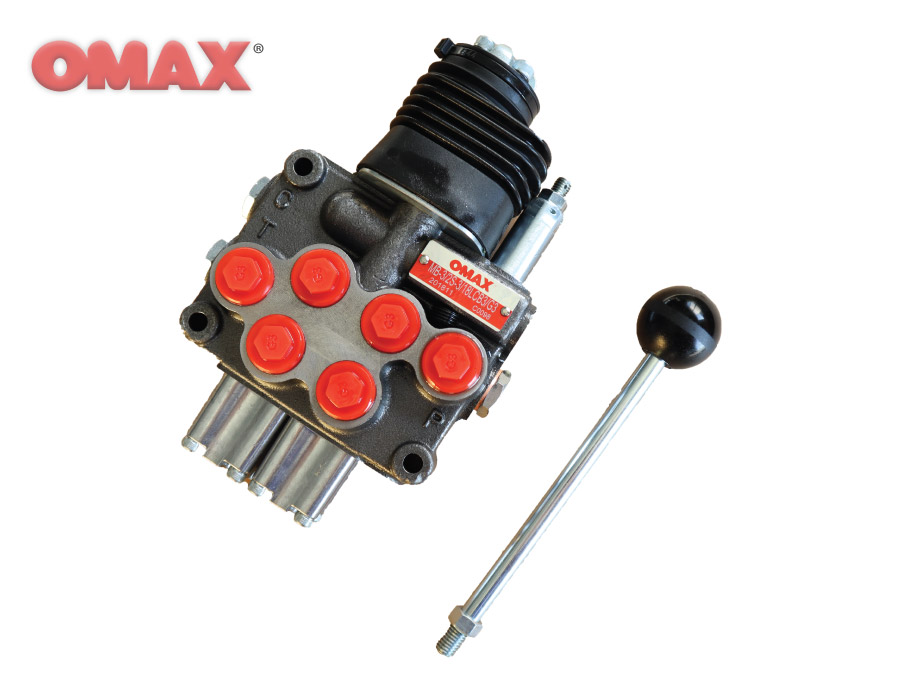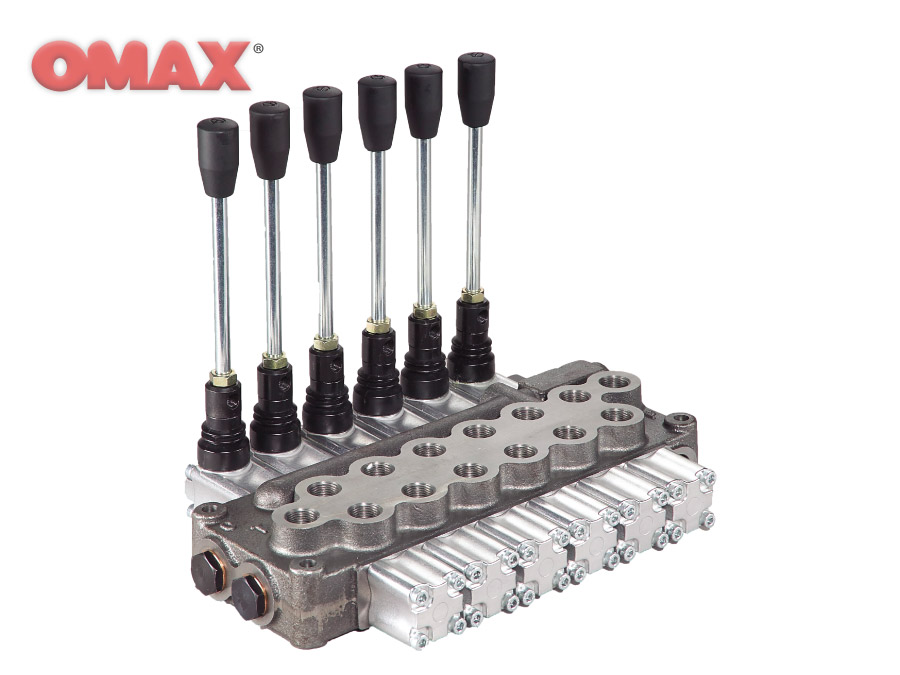What is a Hydraulic Monoblock Valve?
A hydraulic monoblock valve is a type of directional control valve built in a single block with multiple sections, allowing it to control the start, stop, and direction of fluid flow in a hydraulic system.
Features
1. Compact and rugged design
2. Multiple hydraulic functions in one block
3. Low internal leakage
4. High resistance to pressure
5. Easy installation and maintenance
Functions
Monoblock valves are used to manage the flow and direction of hydraulic fluid within mobile machinery and industrial equipment.
How Does a Monoblock Valve Work?
It directs fluid flow through selectable channels within a single block, operated by levers or electronic actuators.
Why Need Monoblock Valve
These valves are essential for applications requiring a robust solution that can handle multiple functions with minimal leakage and space usage.
How to Choose Suitable Monoblock Valve
Selection depends on factors like maximum pressure, flow rate, number of spools, and type of control required (manual, pneumatic, hydraulic, or electronic).
Difference Between Monoblock Valve and Sectional Valve
*Monoblock Valve: Integrates multiple spool functions within a single cast body. This compact design reduces potential leak points and is generally more robust and cost-effective for simpler systems with fewer spools.
*Sectional Valve: Consists of individual sections bolted together, allowing for customization and expansion. Each section can control separate circuits, making it more versatile for complex hydraulic systems.
How to Choose Between Monoblock and Sectional Valves
*Application Requirements: Consider the complexity and flexibility required. Monoblock is suitable for simpler, compact systems while sectional valves are better for complex systems requiring flexibility.
*Flow and Pressure Needs: Monoblock valves typically handle lower flow and pressure compared to sectional valves.
*Space and Budget Constraints: Monoblock valves are more compact and often less expensive but offer less flexibility compared to sectional valves, which are costlier and larger but offer customizable configurations.
Advantages of OMAX Hydraulic Monoblock Valve
OMAX monoblock valves offer superior durability, efficient operation, and flexibility in application. They are specifically designed to perform reliably in harsh environments, providing consistent and precise control.
Applications
1. Control of hydraulic functions in tractors and loaders.
2. Fluid direction management in manufacturing automation.
3. Efficient operation in forestry equipment.
4. Hydraulic system integration in small aircraft.
5. Performance controls in municipal engineering vehicles.
6. Operating hydraulic functions in snow plows and blowers to adjust blade angles and heights.
7. Controlling hydraulic mechanisms in garbage trucks, including compactors and lifters.
8. Managing hydraulic functions in pavers and graders for precise control of pavement layers.
9. Adjusting hydraulic systems in professional landscaping equipment like mowers and turf management machines.
10. Controlling hydraulic arms and tools in forestry machines such as log loaders and feller bunchers.
 English
English  繁體中文
繁體中文 日本語
日本語